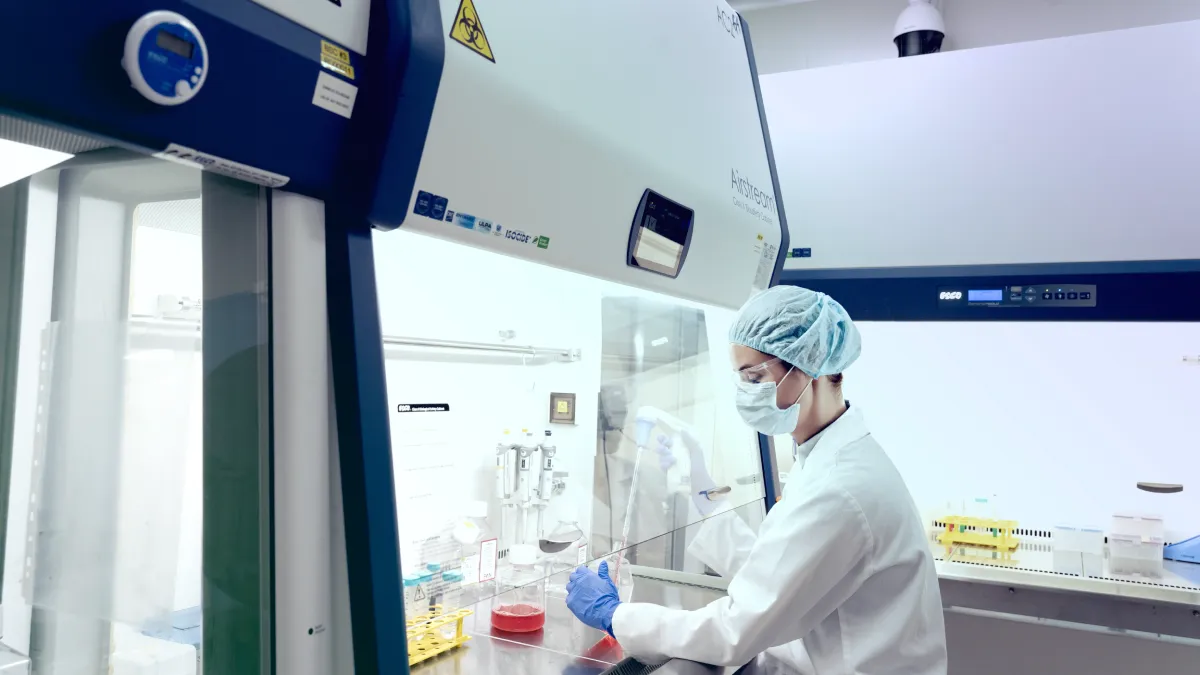Applications
Vaccination Programs
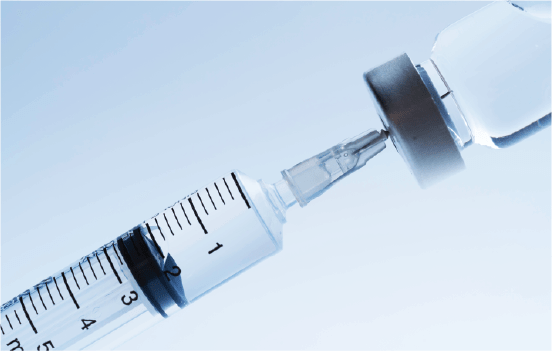
Vaccination program should be tailored based on the type of operation, geographic area, and species. Although beneficial, it is not cost-effective to vaccinate against diseases that do not occur in the area. A veterinarian should be consulted to determine appropriate vaccines for the animals.
Vaccination Schedule for Livestock and Poultry
| CATTLES AND BUFFALOES | ||
|---|---|---|
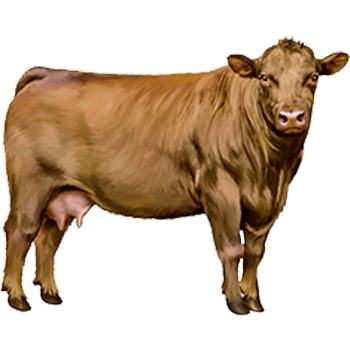
|
Naive / Animals that have never been vaccinated | |
| Rift Valley Fever | 6-8 weeks before breeding season | |
| Paratyphoid | 7-14 days | |
| Heartwater blood | 0-21 days | |
| Paratyphoid (2nd injection) | 3-8 weeks | |
| Contagious abortion S19 (for heifers) | 4 months | |
| Gall sickness | 4 months | |
| Botulism/Blackquarter | 5-6 months | |
| Anthrax | 5-6 months | |
| Rift Valley Fever (2nd injection) | 5-6 months or at weaning | |
| Botulism/Blackquarter (2nd injection) | 5-6 months or at weaning | |
| Lumpy-skin disease | 5-6 months or at weaning | |
| B. Phemeral | 5-6 months or at weaning | |
| Continued immunization for adult cattles | ||
| Three-day stiff sickness | Annual (Aug-Sept) | |
| Lumpy-skin disease | Annual (Aug-Sept) | |
| Rift Valley Fever | Annual (Aug-Sept) | |
| Botulism/Blackquarter | Annual (April-June) | |
| Anthrax | Annual (April-June) | |
| CHICKENS | ||
|---|---|---|
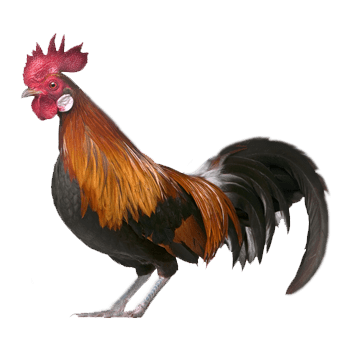
|
Naive / Animals that have never been vaccinated | |
| Marek's Disease | Day 1 | |
| Infectious Bronchitis, Hitchner B1 | Day 1 | |
| Mycoplasma | 7 days | |
| Gumboro Disease | 3 weeks | |
| Infectious Bronchitis Virus (IBV) | 4 weeks | |
| Gumboro Disease (2nd injection) | 4 weeks | |
| Newcastle Disease la Sota | 6 weeks | |
| Mycoplasma (2nd injection) | 7 weeks | |
| Pox | 8 weeks | |
| Infectious Laryngotracheitis | 12 weeks | |
| Infectious Bronchitis, Hitchner B1 (2nd injection) | 14 weeks | |
| Continued immunization for adult chickens | ||
| Newcastle Disease la Sota | Monthly | |
| Mycoplasma | Annual (Jan) | |
|
Combination: Bursal Disease, Newcastle Disease, Brochitis, Reovirus |
Annual (June) | |
| Mycoplasma | Annual (Aug) | |
| Pox | Annual (September and December) | |
| HORSES | ||
|---|---|---|
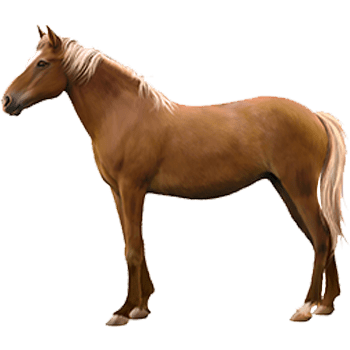
|
Naive / Animals that have never been vaccinated | |
| Equine Influenza | 2 weeks | |
| African horse sickness | 1 month | |
| Equine Influenza (2nd injection) | 3 months | |
| Tetanus | 3 months | |
| Equine Influenza (3rd injection) | 5 months | |
| Tetanus (2nd injection) | 5 months | |
| African horse sickness (2nd injection) | 5-6 months | |
| Equine Influenza (4th injection) | 6 months | |
| Tetanus (3rd injection) | 12 months | |
| Continued immunization for adult horses | ||
| Equine Influenza | Annual | |
| African horse sickness | Annual (Aug-Sept) | |
| Anthrax | Annual (April-May) | |
| Tetanus | Annual | |
| PIGS | ||
|---|---|---|

|
Naive / Animals that have never been vaccinated | |
| Bordetella | 1 week | |
| Erysipelas | 1 week | |
| Mycoplasma | 1 week | |
| Porcine Circovirus 2 | 3 weeks | |
| Bordetella (2nd injection) | 4 weeks | |
| Erysipelas (2nd injection) | 4 weeks | |
| Mycoplasma (2nd injection) | 4 weeks | |
| Leptospirosis | 6 months | |
| Parvovirus | 6 month | |
| Diamond skin disease | 6 month | |
| Continued immunization for adult pigs | ||
| Escherichia coli | Annual | |
| Leptospirosis | Annual | |
| Diamond skin disease | Semi-Annual | |
| Parvovirus | Semi-Annual | |
| SHEEP AND GOATS | ||
|---|---|---|
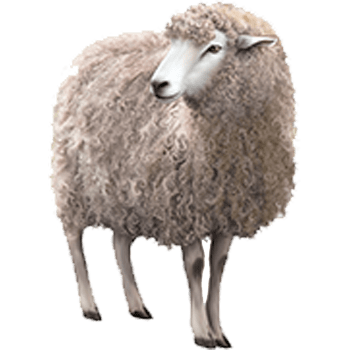
|
Naive / Animals that have never been vaccinated | |
| Bluetongue virus | 9 weeks before breeding season (ewes) or just after breeding season (rams). and at 6 months | |
| Rift Valley Fever | 4-6 weeks before breeding season | |
| Chlamydia | 4-6 weeks before breeding season | |
| Heartwater blood | 2 weeks | |
| Brucella | 4-5 months | |
| Enterotoxaemia | 4-5 months | |
| Enterotoxaemia (2nd injection) | 6 months | |
| Rift Valley Fever (2nd injection) | 6 months | |
| Continued immunization for adult sheep | ||
| Bluetongue virus | Annual (Aug-Sept) | |
| Enterotoxaemia | Annual (Aug-Sept) | |
| Anthrax | Annual (April-May) | |
| CAMELIDS (CAMELS AND LLAMAS) | ||
|---|---|---|
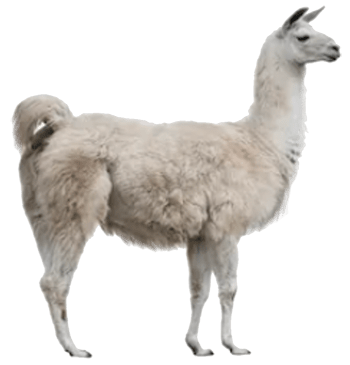
|
Naive / Animals that have never been vaccinated | |
| Clostridium perfringens and C. tetani (CD/T) | 3-4 months | |
| Rabies | 3-6 months | |
| Equine herpesvirus-1 | 3-6 months | |
| Clostridium perfringens and (CD/T) - (2nd injection) | 4-5 months | |
| Rabies (2nd injection) | 4-7 months | |
| Equine herpesvirus-1 (2nd injection) | 4-7 months | |
| Continued immunization for adult llama | ||
| Clostridium perfringens and C. tetani (CD/T) |
Annual | |
| Rabies | Annual | |
| Equine herpesvirus-1 | Annual | |
References:
- Charoonnart, P., Purton, S., & Saksmerprome, V. (2018). Applications of Microalgal Biotechnology for Disease Control in Aquaculture. Biology, 7(2), 24. doi:10.3390/biology7020024
- Department of Agriculture, Forestry, and Fisheries – Republic of South Africa (n.d.). Swine Biosecurity Measures. Last accessed 31 July 2019 from https://www.nda.agric.za/doaDev/sideMenu/Food%20Import%20&%20Export%20Standard/docs/Swine%20Biosecurity%20mearsures.pdf
- European Food Information Council (2013). Ensuring the safety of meat from vaccinated animals in Europe. Last accessed 21 June 2019 from https://healthforanimals.org/resources-and-events/antibiotics-faq.html
- National Office of Animal Health Ltd (2017). Vaccination for animal health: an overview. Last accessed 05 December 2019 https://www.noah.co.uk/briefingdocument/vaccination-animal-health-overview/
- Onderstepoort Biological Products (n.d.). Immune program. Last accessed 31 July 2019 https://www.obpvaccines.co.za/resources/documents/Immune-Program.pdf
- Roth F, Zinsstag J, Orkhon D, Chimed-Ochir G, Hutton G, Cosivi O, Carrin G, Otte J. Human health benefits from livestock vaccination for brucellosis: case study. Bull World Health Organ. 2003;81(12):867–76.
- Vujanic, A., Sutton, P., Snibson, K. J., Yen, H.-H., & Scheerlinck, J.-P. Y. (2012). Mucosal vaccination: Lung versus nose. Veterinary Immunology and Immunopathology, 148(1-2), 172–177. doi:10.1016/j.vetimm.2011.03.004





